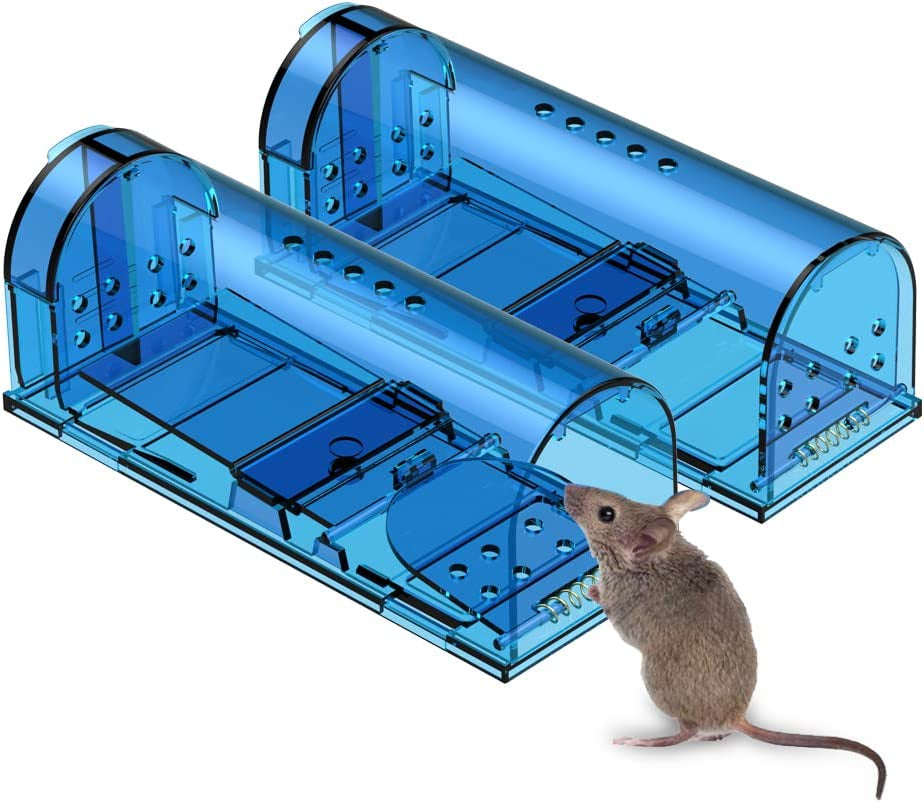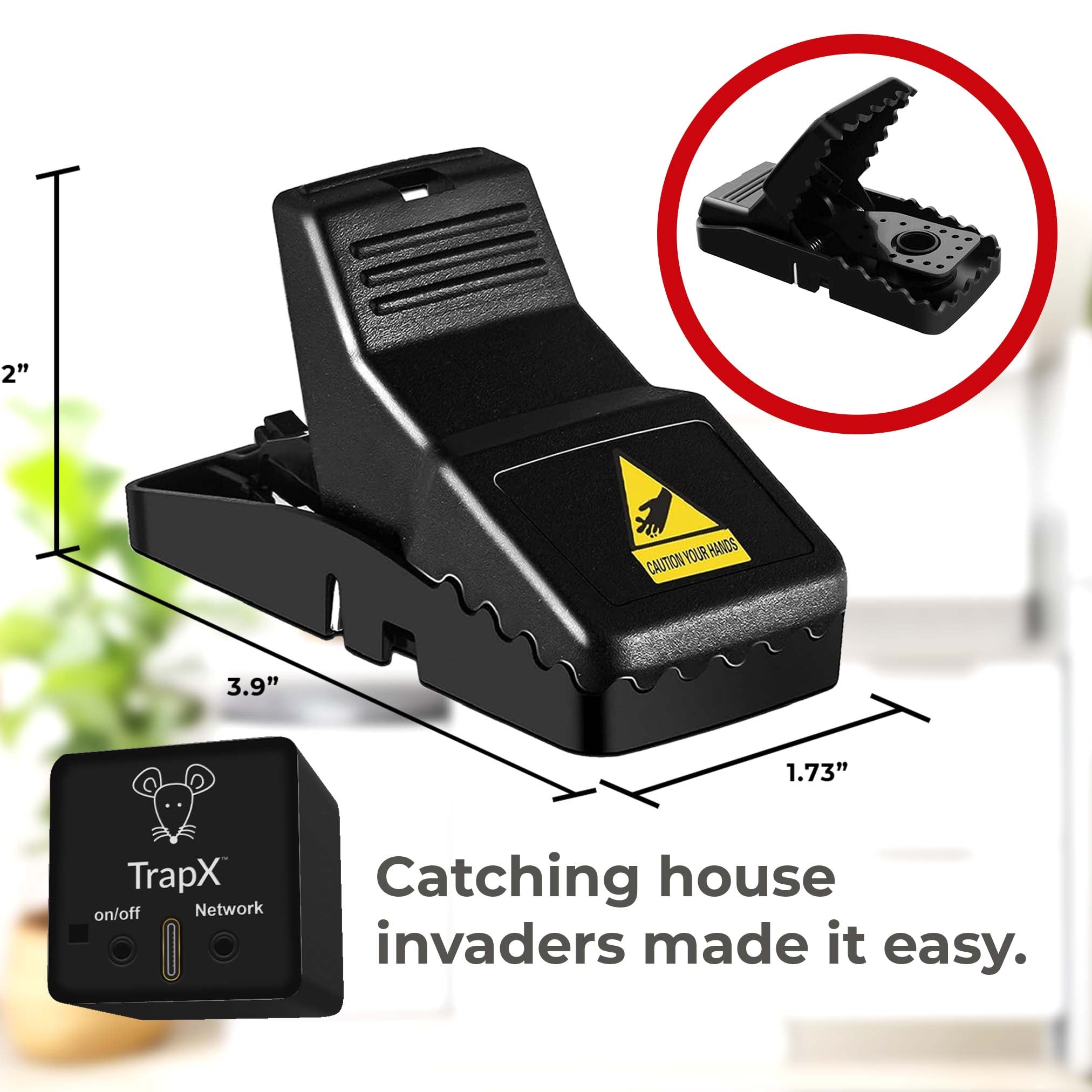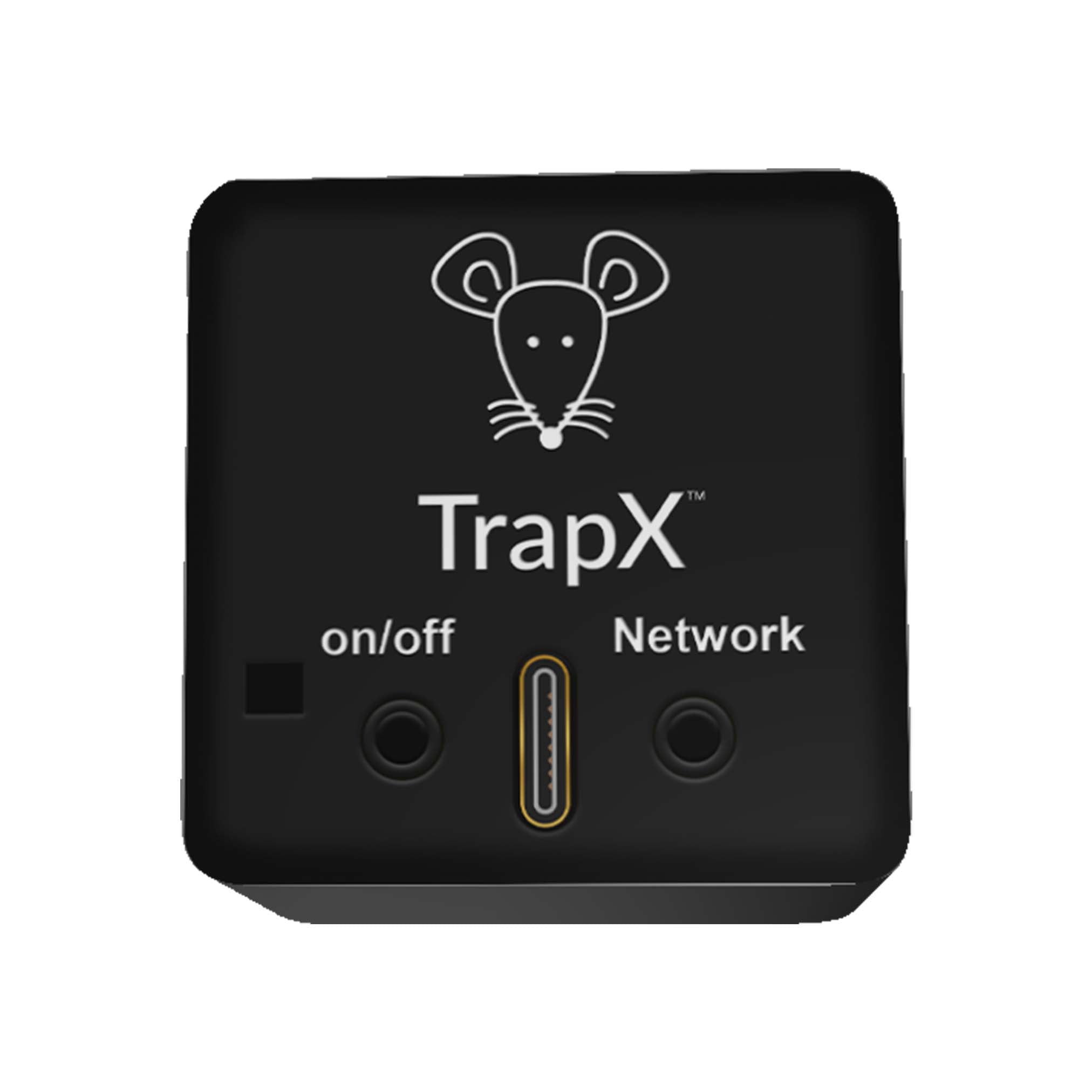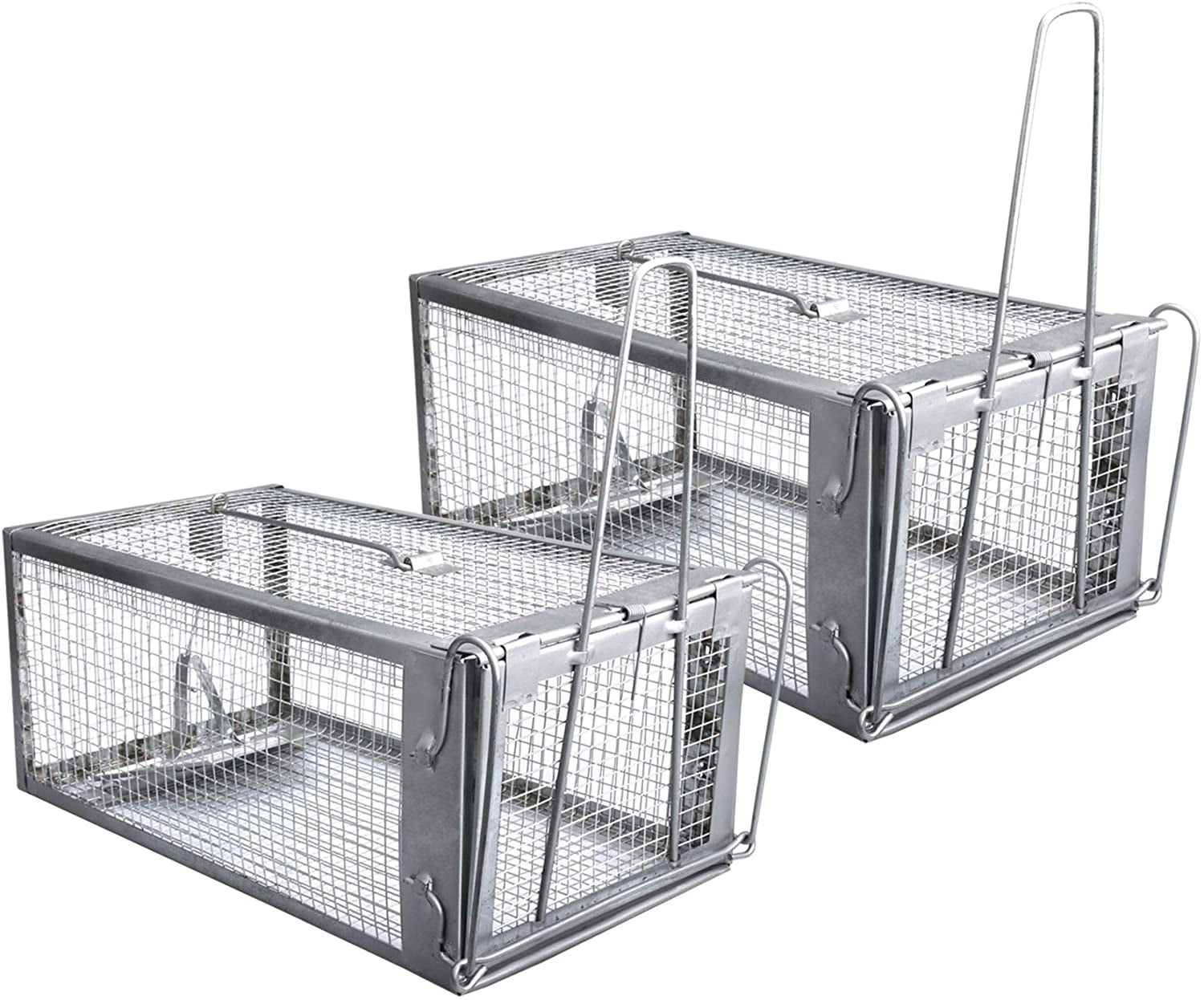How Effective Are Ultrasonic Rodent Reppelers? A Comprehensive Guide
Share
Rodent infestations can be a nightmare for any household. Nobody wants to find mice or rats scurrying across their kitchen floor in the middle of the night. Among the many solutions available to deal with this problem, ultrasonic rodent repellers have garnered a lot of attention. But the key question remains: how effective are ultrasonic rodent repellers? In this article, we will delve into the details to help you understand the efficacy of these devices.

What Are Ultrasonic Rodent Repellers?
Before discussing their effectiveness, it's essential to know what exactly ultrasonic rodent repellers are. These are electronic devices that emit ultrasonic frequencies that are inaudible to humans but claim to repel rodents by disturbing their auditory and nervous systems.

How Do Ultrasonic Rodent Repellers Work?
The theory behind these devices is that rodents communicate and navigate using specific frequencies. By emitting a continuous stream of ultrasonic waves, these repellers aim to create an environment that is unbearable for rodents, thereby forcing them to vacate the premises.
Biological Disruption
Ultrasonic rodent repellers are designed to target the biological systems of the pests, disrupting their usual behavior patterns. This disruption is supposed to keep them away from treated areas.
Range and Coverage
Most ultrasonic rodent repellers come with range specifications, indicating the area they can cover. The larger the area, the higher the device's power output usually is. Smaller devices may not be as effective in covering a large room or open area.

Effectiveness: What Studies Say
The mixed reviews you may encounter about ultrasonic rodent repellers are often based on both anecdotal evidence and scientific studies. While user reviews offer real-world insight, scientific studies provide a more controlled examination of the devices' effectiveness.
Controlled Studies
Several studies have been conducted to determine if these devices work as advertised. Many of these studies show mixed results. For instance, a study by the University of Arizona found that while the devices did have some impact on rodent behavior initially, the pests often adapted over time, rendering the repellers less effective in the long run.(University of Arizona Study)
User Reviews
User reviews offer a different perspective, often detailing personal experiences with the products. While some users claim to have seen a significant reduction in rodent activity, others report little to no change.

Advantages of Ultrasonic Rodent Repellers
Despite the mixed reviews, there are several advantages to using ultrasonic rodent repellers:
Non-Toxic
One of the biggest advantages of ultrasonic rodent repellers is that they are non-toxic, making them safe for households with children and pets.
Easy to Use
These devices are generally plug-and-play, requiring minimal setup. Simply plug the device into an electrical outlet, and it starts working immediately.
Cost-Effective
Compared to other pest control methods, such as hiring exterminators or using poison bait, ultrasonic rodent repellers are relatively inexpensive.
Limitations of Ultrasonic Rodent Repellers
While there are several advantages, it's also essential to consider the limitations:
Not a Permanent Solution
These devices should not be seen as a permanent solution. Over time, rodents may adapt to the ultrasonic frequencies, diminishing the devices' effectiveness.
Limited Range
The effectiveness of an ultrasonic rodent repeller can be limited by its range. Larger homes or areas with many obstructions may require multiple devices.
Not a Standalone Solution
For best results, ultrasonic rodent repellers should be used in conjunction with other pest control methods, such as traps and proper sanitation, to ensure a rodent-free environment. For more insights, check out D-Con No View Trap and Wireless Mouse Trap Sensors.
Expert Opinions
Experts suggest that while ultrasonic rodent repellers can provide a temporary solution, they should not be relied upon as the sole method of rodent control. Integrated Pest Management (IPM) strategies, which include a combination of mechanical traps, chemical controls, and sanitation measures, are generally more effective. Learn more from our detailed guide on Tomcat Mouse Snap Traps.
Tips for Using Ultrasonic Rodent Repellers
If you decide to use an ultrasonic rodent repeller, here are some tips to maximize its effectiveness:
- Place the device in an area where rodent activity is detected.
- Ensure that there are no obstructions, such as furniture or walls, blocking the ultrasonic waves.
- Use multiple devices in larger areas for more comprehensive coverage.
- Combine the repeller with other pest control methods.
- Regularly monitor the area for signs of rodent activity and adjust your strategy accordingly.
FAQs
Do ultrasonic rodent repellers work on all types of rodents?
While ultrasonic rodent repellers are designed to target a wide range of rodents, their effectiveness can vary depending on the species. Some rodents may be more resistant to the ultrasonic frequencies than others.
How long does it take to see results with ultrasonic rodent repellers?
The time it takes to see results can vary. Some users report noticing a difference within a few days, while others may take several weeks to observe any changes in rodent activity.
Are ultrasonic rodent repellers safe for pets?
Ultrasonic rodent repellers are generally safe for pets such as dogs and cats. However, they may affect small pets like hamsters or gerbils, so it's best to use caution if you have such pets at home.
As an Amazon Associate, I earn from qualifying purchases.
